
Imaging study revealed specific retinal and choroidal changes associated with Parkinson's disease.

Imaging study revealed specific retinal and choroidal changes associated with Parkinson's disease.


Corneal collagen crosslinking was found to stabilise the cornea, and in some cases improve vision and keratometry values, in children and young adults.
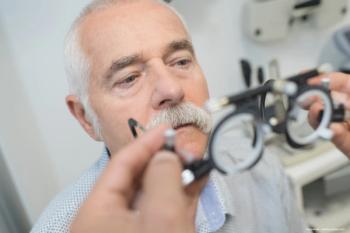
The VIVID study focuses on three novel topical ophthalmic formulations under investigation for the treatment of presbyopia.
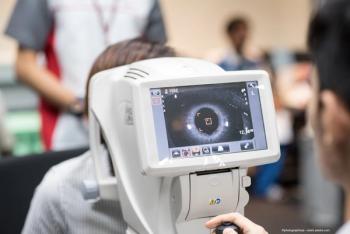
Innovative research project aims to change the future of diagnostic clinics, improving access and efficiency while reducing cost and viral exposure.

Four members of the Ophthalmology Times Europe® Editorial Advisory Board consider the challenges and opportunities that lie ahead in Europe in 2022.

Benefits include better visualisation of ciliary processes and avoidance of tissue damage.

Polygenic risk score allows multiple variants to be tested simultaneously.

Underlying autoimmune disease alters uveitis therapy.
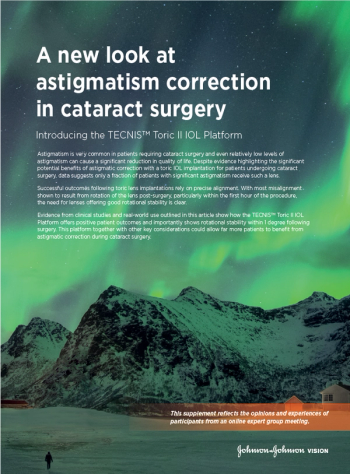
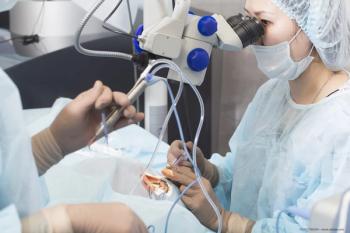
Surgical options facilitate increased durability for patients with retinal degeneration.
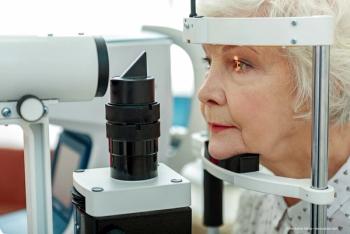
Confronting issues unique to aging may lead to better outcomes.

This three-part feature discusses tips for success when getting started with toric IOLs. Part 2 tackles calculating toric IOL sphere and cylinder power; though it can seem daunting when treating astigmatism, the process can be simplified with a few key considerations.

A gel stent allows for less invasive subconjunctival procedures and an easier recovery course than traditional forms of minimally invasive glaucoma surgery.

The Children’s Vision Equity Alliance was created to improve access in children’s vision and eye health, working to advance equity in children’s vision and eye health through education, policies and partnerships.
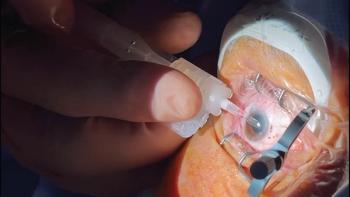
Patients desire spectacle independence at all distances. Early experience with a recently launched IOL suggests that it can satisfy their demands for extended depth of vision.

A brief overview of the plethora of findings presented at the 2021 American Academy of Ophthalmology meeting held November 12-15 in New Orleans, LA.

In a poster presented at the American Academy of Ophthalmology 2021 annual meeting in New Orleans, Dr Mark Wieland noted that the port delivery system with ranibizumab provides drug delivery over an extended period.

During a presentation at the American Academy of Ophthalmology 2021 annual meeting in New Orleans, Dr Veeral Sheth presented research that found faricimab, a bispecific monoclonal antibody, provided sustained retinal stability in patients with diabetic macular oedema (DMO) compared with other retinal treatments.

Speaking at the American Academy of Ophthalmology 2021 annual meeting in New Orleans, Dr Ines Lains explained that the mechanisms of AMD progression currently remain poorly understood and the tools to predict and halt progression are limited.
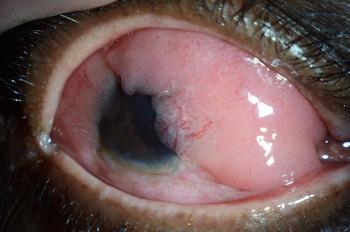
In a presentation at the American Academy of Ophthalmology’s 2021 annual meeting in New Orleans, Nathan Hall pointed out that an epidemiologic analysis of malignant ocular surface tumours found significant differences in geographic prevalence rates in the United States.

During a presentation at the American Academy of Ophthalmology 2021 annual meeting, Dr Denise Freitas reported that the ocular findings in infants with congenital Zika virus syndrome were similar among the affected infants and occurred frequently. The most prevalent of the findings was optic nerve pallor.

Dr Felipe Medeiros in a presentation at the American Academy of Ophthalmology 2021 annual meeting in New Orleans, noted that a phase 3 clinical extension study of the bimatoprost implant found that patients’ IOP was lowered and stayed low with no additional treatment or changes in their visual fields.

Dr Roger A. Goldberg, speaking at the American Academy of Ophthalmology 2021 annual meeting in New Orleans, noted that small misalignments in the plunger can lead to possible overdosing.
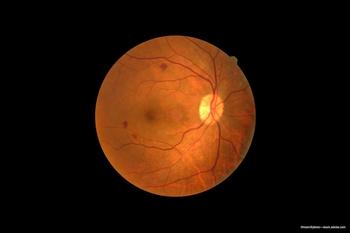
During the American Academy of Ophthalmology 2021 annual meeting in New Orleans, Dr Dilsher Dhoot reported the results of the KESTREL and KITE in which brolucizumab was compared with aflibercept for treating diabetic macular oedema.

Dr Shady Awwad in a presentation at the American Academy of Ophthalmology’s 2021 annual meeting in New Orleans, pointed out that the application of mitomycin C after corneal crosslinking does not prevent development of corneal haze after the procedure and instead contributes to development of more corneal haze.

Intra-arterial tPA treatment could provide benefits for patients with central retinal artery occlusion.

The American Academy of Ophthalmology's annual meeting will proceed November 12 to 15 in New Orleans, Louisiana.

A recently developed tool can help ophthalmologists to assess the quality of findings from real-world studies in retinal diseases. This will help them decide which results are most robust and applicable to their practice.

Ophthalmologists’ close proximity to patients put them at higher risk of contracting the virus.